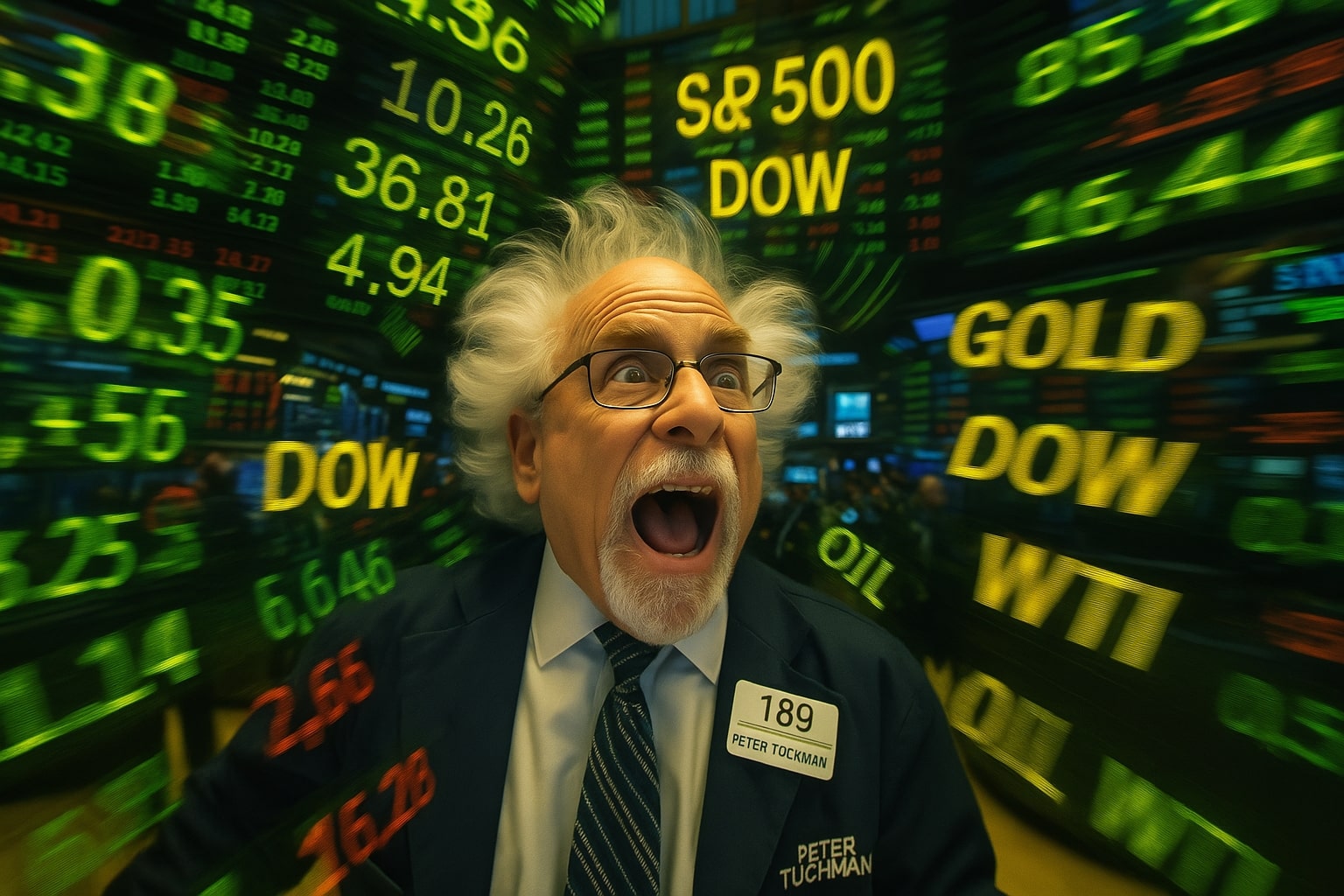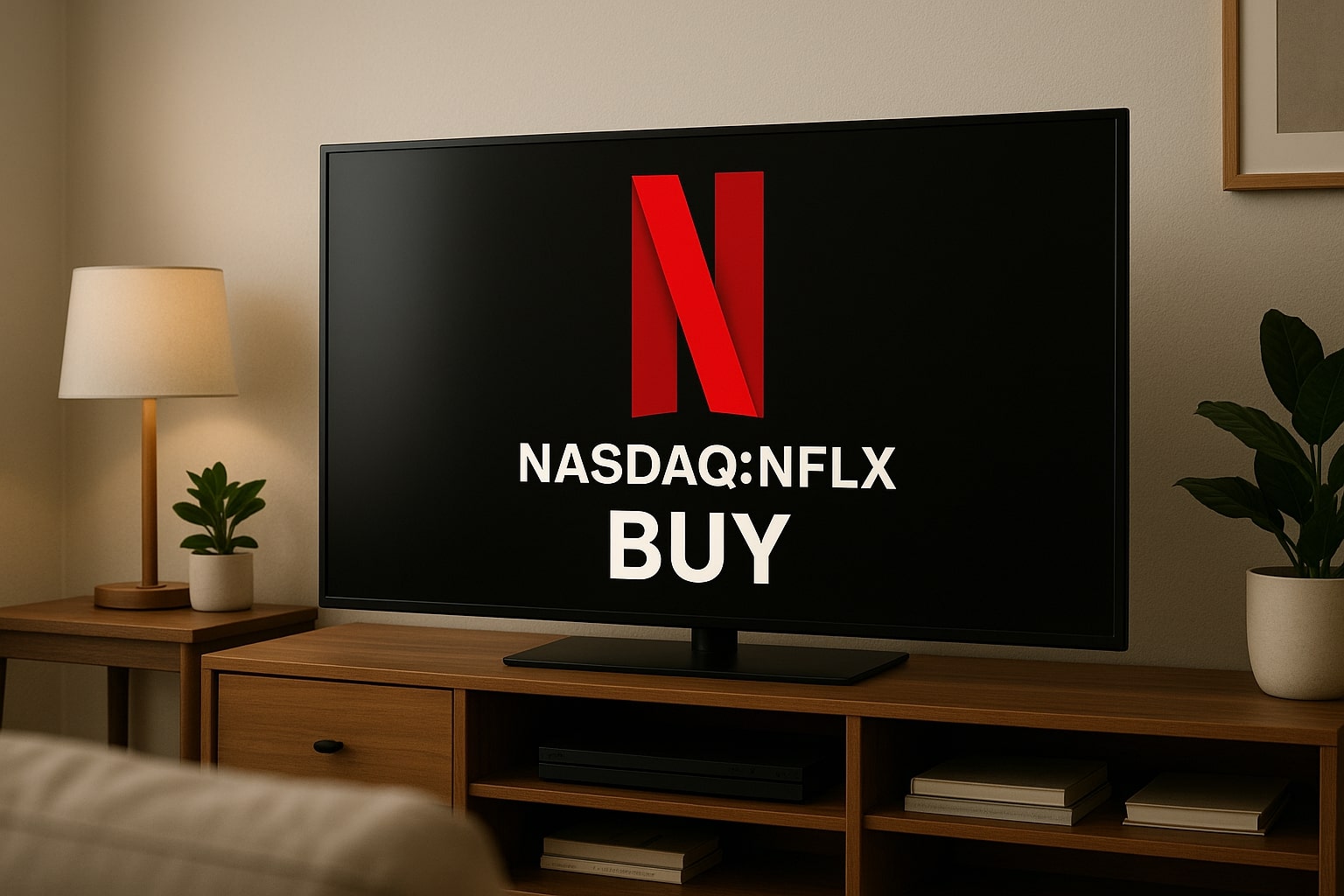Crude Benchmarks Break Higher, Setting the Stage for NYSEARCA:ERX
In the first quarter of 2024, front-month WTI futures exploded from $71.65 at the close of 2023 to a March 28 settlement of $83.17—an impressive 16.08 percent advance—and continued their ascent to $86.57 by April 8. Brent on ICE followed suit, climbing 13.45 percent to $87.45 at quarter’s end before reaching $90.55 in early Q2. These raw-material rallies drove the Energy Select Sector SPDR ETF to vault 12.6 percent from $83.84 to $94.41 in Q1, further extending to $98.08 by April 8. Given that ERX delivers twice the daily return of XLE, the dollars gained in futures markets have translated into a 25.2 percent Q1 jump for ERX from $56.57 to $70.80, and another 7.8 percent lift to $76.29. For a minute-by-minute look at today’s moves, track ERX’s real-time
Seasonal Demand and Supply Discipline Underpin Further Upside Potential
Each spring ushers in America’s peak driving season, traditionally boosting gasoline consumption and the underlying oil price. The combination of coordinated OPEC+ cuts—extended through June 2024 by Saudi Arabia and Russia—and a 40 percent drawdown in the U.S. Strategic Petroleum Reserve to 363.6 million barrels has effectively throttled excess supply. Meanwhile, U.S. output has climbed to 13.1 million barrels per day, yet the SPR’s depleted cushion removes a key backstop when futures flirt with $100. As refinery turnarounds and H2 transport constraints enter the calendar, WTI’s trajectory toward or above $100—and Brent toward $105—now seems more than mere seasonal lore. How will ERX riders capitalize if June gasoline crack spreads surge once again?
Geopolitical Flashpoints Keep Price Premium Elevated
Conflict zones from Ukraine’s war front to simmering tensions in the Middle East have repeatedly sent crude futures and energy equities on roller-coaster rides. On one hand, any sign of pipeline disruptions or shipping-lane threats can spark a sudden rally in WTI and Brent, as speculators bid for optionality. On the other, headline-induced spikes in implied volatility can eat into ERX’s gains even more sharply than XLE’s, given its 2× leverage. The looming specter of reinstated U.S. tariffs on Chinese goods—threatened at 145 percent yet dialed back to 50–65 percent in recent rumor mills—adds a broader macro pivot, where oil demand could buckle if Asia’s growth stalls. Will ERX’s holders be nimble enough to ride geopolitical flare-ups without getting scorched by the next snapback?
XLE’s Top-10 Holdings: The Double-Edged Sword of Leverage
Holdings such as ExxonMobil (XOM), Chevron (CVX), ConocoPhillips (COP), and Schlumberger (SLB) anchor XLE’s 94 percent exposure to oil & gas, meaning a 10 percent gain in XLE from $90 to $99 would translate into a roughly 20 percent rise in ERX from $76 to around $91—assuming daily compounding and stability. Yet an identical 10 percent XLE pullback from $90 to $81 could drive ERX from $76 down to the low $60s. With $439 million in assets under management, an average daily volume north of 580,000 shares, and a 0.93 percent expense ratio, ERX is clearly embraced by institutional traders—but time decay remains a silent killer for any sideways grind.
Technical Crossroads: Breakout or Breakdown for ERX?
On its monthly chart, ERX carved out a trough at roughly $55 in March 2020 before suffering a 1-for-10 reverse split that reset the base. Since then, peaks at $85 in late 2021 and $78 in late 2023 have given way to corrective swoons. Today, ERX rests at a pivotal confluence: XLE’s $100 psychological zone equates to ERX approaching $85, while a bust below XLE’s fresh support near $90 could drag ERX back toward $70. Short-term momentum readings hover in oversold territory, yet a weekly close above $80 for ERX might ignite a stampede from momentum buyers. Which signal will crack first—the bullish breakout above resistance or the bearish slip beneath support?
Macro-Economic Inflection: Trade Rhetoric vs. Demand Fundamentals
The “Blink Wednesday” reversal of tariff threats by President Trump momentarily relieved recessionary jitters that pummeled energy shares in early April. Yet any U-turn on global trade tensions could unleash Asian demand that has remained muted under the specter of 145 percent levies. Conversely, re-escalation of protectionist policies may shudder world GDP growth, capping oil at sub-$75 territory. ERX traders therefore face a binary macro: does the narrative bend toward stimulus and demand growth, or toward headwinds and demand destruction? Daily volume and implied volatility metrics suggest that the market is betting on turbulence, not tranquility.
Strategic Entry and Risk Management for NYSEARCA:ERX
ERX is not a buy-and-forget instrument. A tactical approach—building a scaled position on breaks above $76.50 with a hard stop below $70—can define reward-to-risk at roughly 20 percent upside against 8 percent downside. For those seeking dynamic hedging, pairing ERX longs with ERY shorts on XLE’s pullbacks offers a playbook for volatility arbitrage. Above all, strict time stops are non-negotiable: every five trading days of muted XLE movement inflicts a 1–2 percent erosion in ERX. Will you embrace leveraged gains or buckle under compounded decay?
Decision Point: Is NYSEARCA:ERX a Buy, Hold or Sell at $76.29?
Today’s tableau of seasonality, OPEC+ supply discipline, low SPR inventories, and geopolitical premiums makes a compelling case for buy-side positioning in ERX for nimble traders, targeting a move toward $85 if WTI breaks above $90. For those less comfortable with 2× exposure, a hold may be prudent until ERX confirms a sustained breakout above $80. Should XLE slump below $90 on renewed tariff fears or recession data, a sell or even a tactical switch into ERY could preserve capital. Which path will you choose as crude enters its most volatile quarters?

















